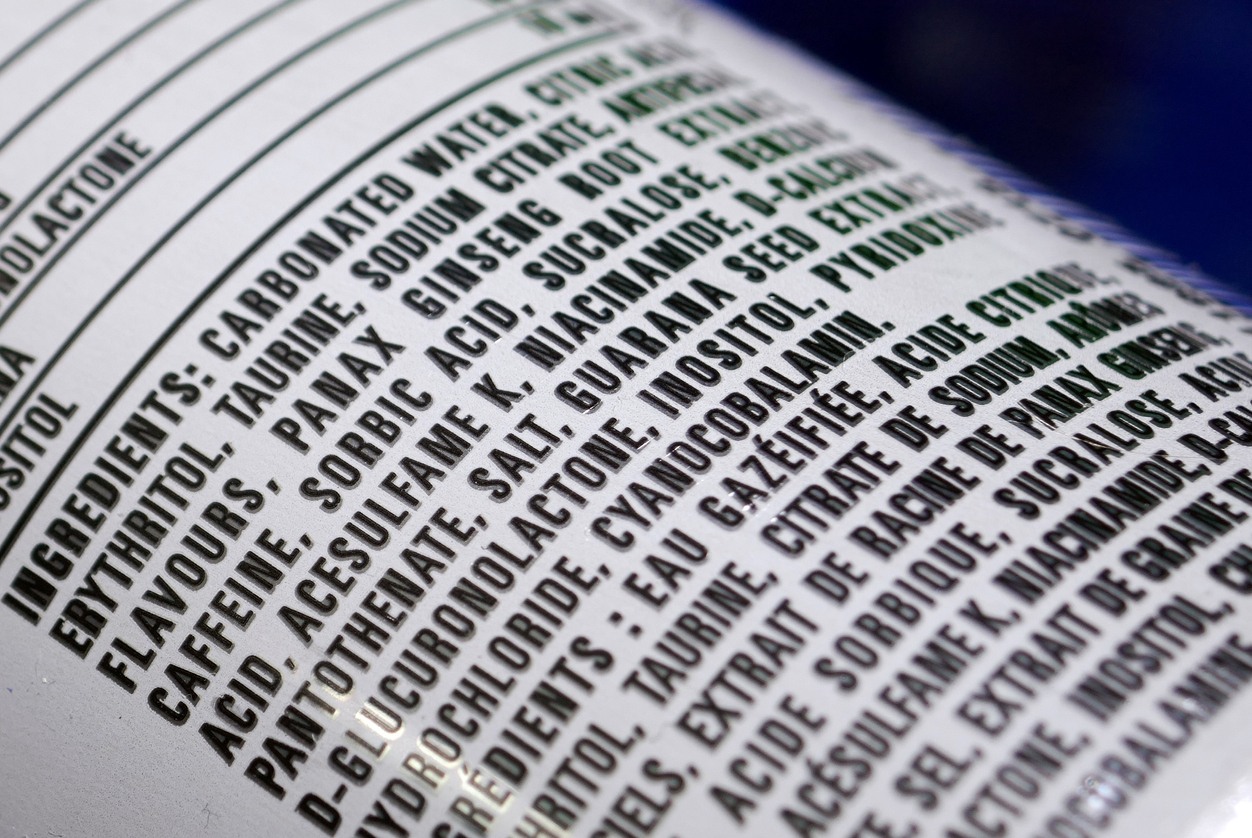The Inactive Ingredient Database (IID) has been around for a long time, but it was not very user friendly, was not updated frequently, and failed to provide something we call the maximum daily exposure (MDE) for each inactive ingredient in each route of administration. Well, FDA has been working on the list of inactive ingredients that are used in approved drug products and the levels that have been previously approved as safe for a particular route of administration in an effort to make it a more useful and living document. The big issue with the IID was, while a potency limit was defined in previous iterations, there was no link to the product, and thus you could not tell if the potency value provided was in a dosage form that was administered once, twice, three or more times daily. Thus, firms were not able to calculate the maximum safe daily exposure that had been previously approved.
The problem became obvious when firms had to guess at the MDE and oftentimes those guesses were wrong, causing delays in ANDA filings, or resulting in Refuse-to-Receive letters based on a level of inactive ingredient that was deemed to be too high. We have previously reported on the IID problems here, here, and here. But, alas, a fix to the MDE problem is arriving, bit by bit! As noted on the FDA page titled Most Recent Changes to the IID Database, FDA announced the following:
“On July 28, 2020, FDA began to populate the IID with MDE information for the first time. More excipient MDEs will be populated in future IID publications as FDA obtains more MDE information. We also expect many MDE levels to increase as additional information is gathered. Fulfillment of the commitment to provide MDE information to our stakeholders follows fulfillment of another IID-related GDUFA II commitment, the posting of the Quarterly Inactive Ingredient Change Log.”
Further updates will provide additional MDE data and corrections or deletion of information as the Agency ramps up its work on the IID. The potency field has disappeared and some in industry have asked that FDA consider keeping that data field (which was replaced by the MDE) to further aid the industry in assessing their proposed formulations. The “Update” and narrative regarding the changes to the searchable IID can be found here. With the new information, hopefully the problem of identifying appropriate levels of inactive ingredients in drug product formulation will attenuate, but just do not get me started on the Q1 & Q2 issue. That is another can of worms that desperately needs to be addressed.



